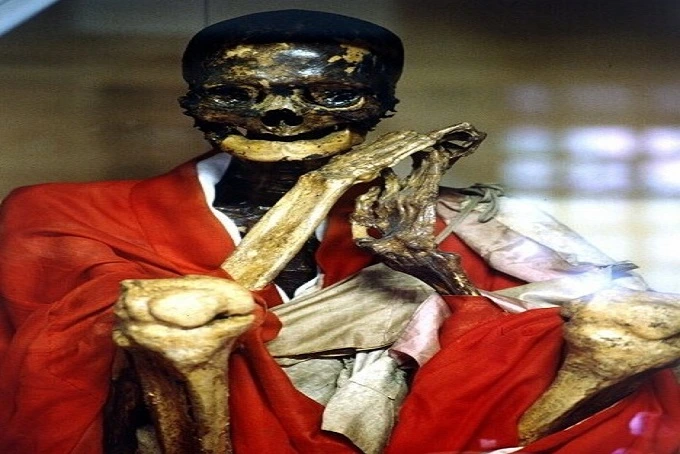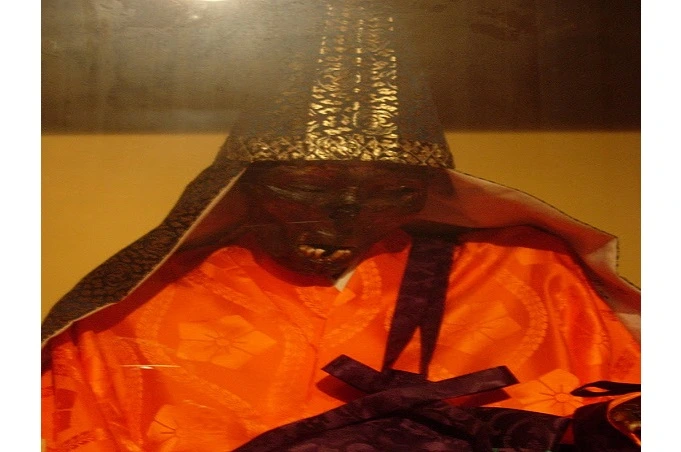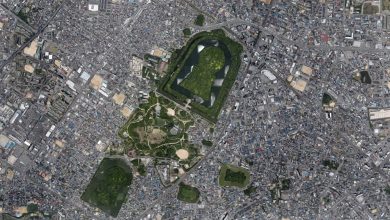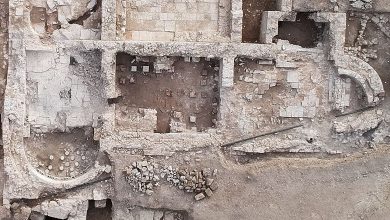Sokushinbutsu: how the Japanese mummified themselves

The culture of self-mummification existed in different regions of the Earth – on the Arabian Peninsula, India, Tibet, etc. In Japan, Buddhist monks, using a special diet, brought themselves to death and turned their relics into (Sokushinbutsu) mummies. About 24 such mummies have reached our time (mainly XVI-XIX centuries).
The Mummy Hoard is a monastery in the northern Japanese prefecture of Yamagata. Almost all the famous Japanese mummies are in the local shrines. The monks themselves say that the founder of this practice was the founder of the sect of Shingon Buddhism named Kukai brought this practice from Tang China as part of secret tantric practices he learned; he lived about 1000 years ago in a temple complex near Mount Koya in modern Wakayama Prefecture. He came up with the “revolutionary” idea of achieving spiritual enlightenment through physical suffering and the mummification of the flesh.

Kukai has developed his own diet and method of enlightenment. A monk who wanted to be enlightened had to eat only seeds and nuts for 1000 days while conducting the active physical activity. Thus, according to the ancient fitness trainer, he burned all the fat in the body. For the next thousand days, the future mummy had to eat the roots and bark of trees, as well as drink special Urushi tea, the ingredients of which were usually used to create varnish.
At this stage, the monk vomited heavily, and his body lost excess moisture and became, as Kukai believed, toxic to worms that could eat the corpse. Towards the end of this stage, the monk was placed in a special cave, whose only connection with the outside world was a tube (the air was supplied through it) and a rope that led to a bell tied outside. Once a day, the future mummy had to call him, thereby informing him that he was still alive.

After the calls stopped, the tomb was sealed and opened only after another 1000 days. If the mummification was successful, then the ex-monk was dragged with honours to the monastery, where his mummy(Sokushinbutsu) was shown to the civilian population. However, as the Japanese admit, most monks who wished to become mummies broke down at the first stage (seeds and nuts), and of those who got to the cave with a bell, only a few turned into mummies. The rest simply rotted away, despite all the advanced diet.
The ancient Japanese believed that mummies could see (although their eyes were removed) and even communicate with people still alive, help them with advice and be intermediaries between the world of the living and the dead. Despite such useful and practical options, the production of mummies is now officially prohibited in Japan, and formally no Buddhist community trains in the self-mummification (Sokushinbutsu)of its members.




